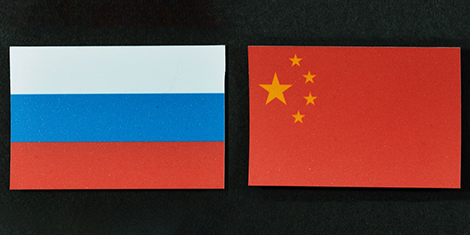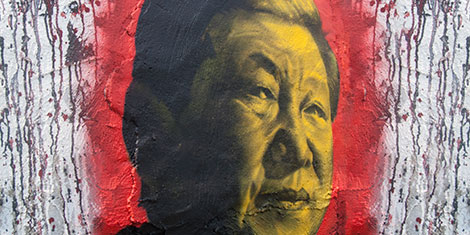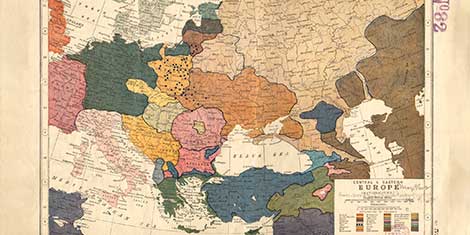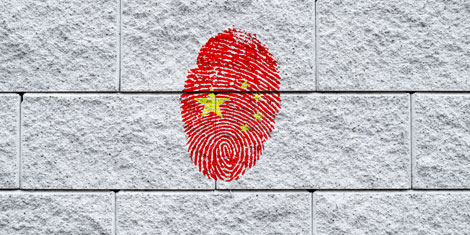
This article was originally published by the Finnish Institute of International Affairs (FIIA) on 16 January 2018.
Summary
China-Russia enhanced security cooperation is a form of geopolitical signalling. Despite closer relations, the coming years will tell whether such cooperation is sustainable as the relationship is expected to turn increasingly asymmetrical due to China’s continuing rise. It is unlikely that China’s relationship with Russia would turn into an actual military alliance in the future, however. China’s strategic partnership with Russia is the most comprehensive among its strategic partnerships. The two countries have also enhanced coordination in internationally topical issues. In June 2017, China and Russia signed a general plan for bilateral military cooperation for the years 2017–2020.




